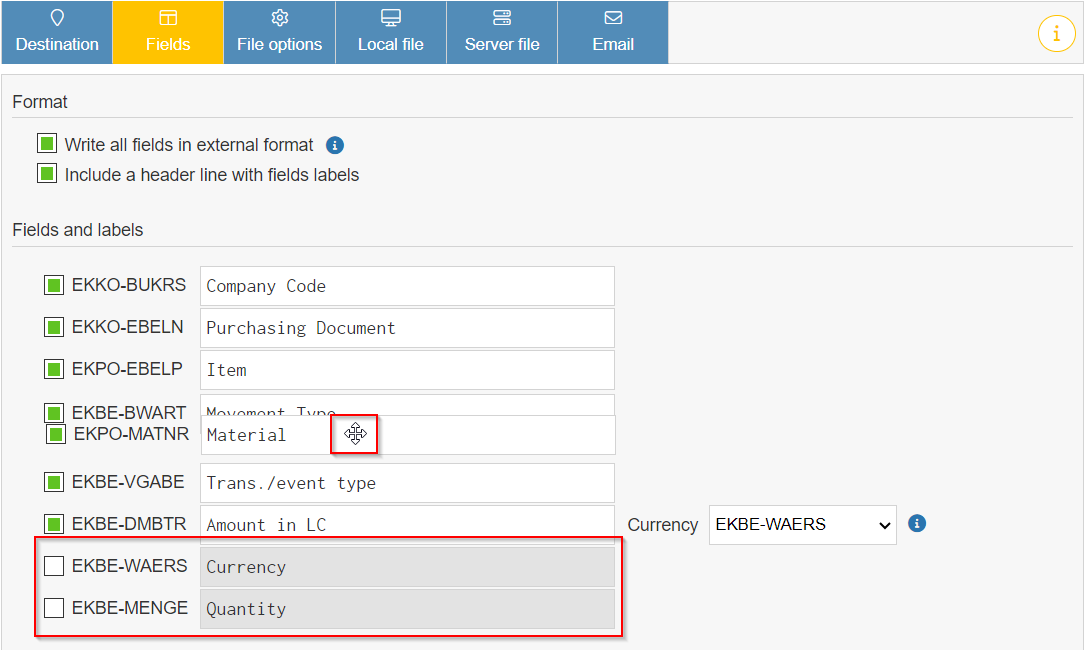

In other words, one can end the line immediately after an x = and continue on the assignment (say 10 in x = 10) on next line without any problems. It acts just as any other whitespace character. Java doesn't need a "line continuation character" since the end of the line has no significance so long a semi-colon is added at the end of a statement.


ANSYS has a feature ACT to facilitate automation an customization of simulation workflows.Note: if in future ANSYS decides to re-write FLUENT GUI and TUI in some other programmins langauge say C++ or Python, the scripts described on this page may get obsolete.The command and variable names are case-insensitive (though should only contain small letters in ANSYS FLUENT). SCHEME is a dialect of LISP (having fully parenthesised syntax) and is the second-oldest high-level programming language after FORTRAN.A summary of few basic yet key features of the programming languages mentioned above is tabulated below.Some example from this book is provided towards end of this page. Another book: Concrete Abstractions - An Introduction to Computer Science Using Scheme by Hailperin et al.A guide describing syntax used in SCHEME language can be found here (Scheme programming).This article "Scripted CFD simulations and postprocessing in Fluent and ParaVIEW" by Lukas Muttenthaler et al at Johannes Kepler University Linz provides a detailed automation method which can be improvised further. This file needs to be placed in home directory (location where FLUENT executables are placed during installation). FLUENT GUI is based on Qt Toolkit and graphical attributes can be modified using Qt stylesheets such as cxdisplay.css for FLUENT. In such cases, end-to-end automation may not yield desired advantages and a separate automation should be worked out at each step. For example, ANSYS SpaceClaim uses Python, FLUENT is based on SCHEME and the syntax in CFD-Post is CEL/PERL. It may be an uphill task if the CAD program, the pre-processors and solvers uses different programming and scripting languages. Even the structure of CAD program (such as model tree) to represent an assembly need to be simple and consistent with CFD pre-processor. This include CAD package, the pre-processor, solve and post-processor. Note that specific heat capacity Cp cannot be accessed or changed via UDF in FLUENT.Ī sophisticated automation approach requires developement of a consistent naming convention for the geometry, surface, boundaries and volumetric regions (domains).

However, for special post processing, commands in PERL and accessing solver program in FORTRAN is required. Unlike UDF or JAVA macros, it does not need to be interpreted or compiled.


 0 kommentar(er)
0 kommentar(er)
